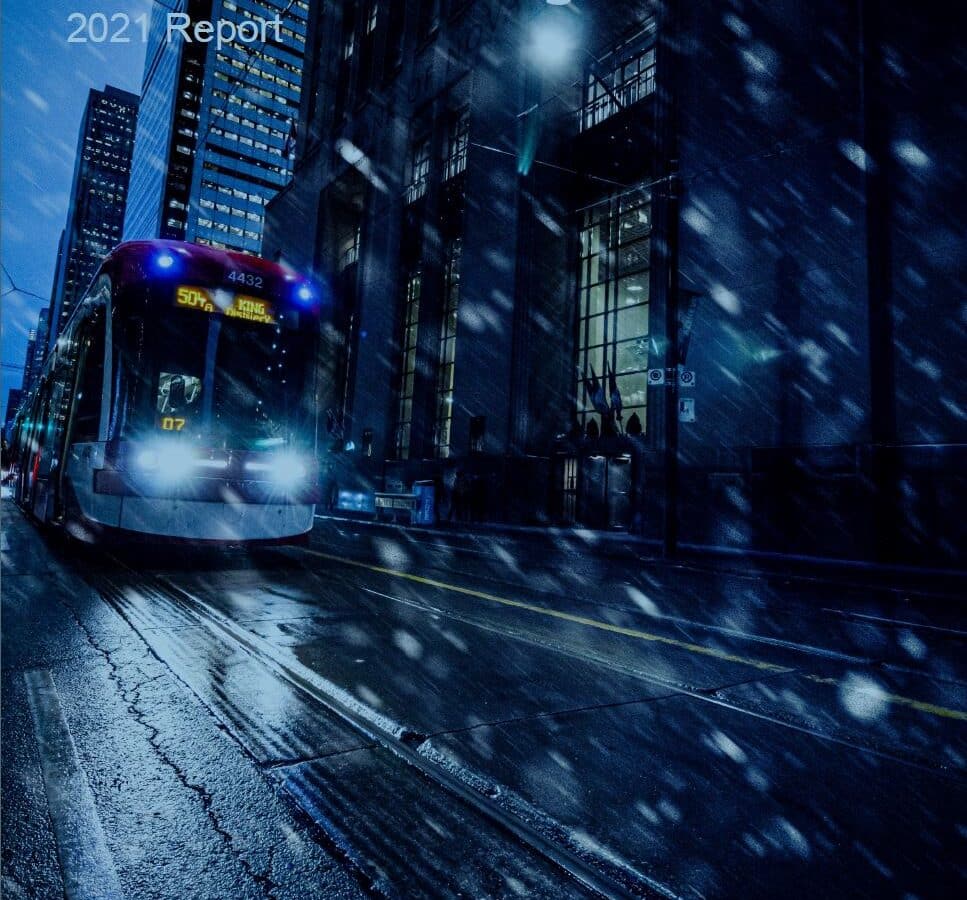The 2021 Public Transport Fare benchmarking Report
NineSquared released its 2021 Fare Benchmarking Report comparing public transport fares across 38 cities across the world.
Fares are benchmarked by calculating the amount of time a person would have to work in order to afford a fare. This year, we have also included estimates of the amount of time that it would take to purchase a fare at the reported average wage across each of the cities in the database.
Using wages to normalise fare prices has its drawbacks. One limitation is that minimum nor average wages do not necessarily represent public transport users across all income brackets, and ages. Nor does the use of wages as a deflator reflect household income and household costs – a factor that is important in considering the overall affordability of transportation. Nevertheless, using the wage rates allows for the consistent comparison between different fares for public transport services, which are not traded internationally and are not directly comparable across cities or countries and, like most public transport fares, minimum wages are set by governments rather than markets.
As in previous years, we have estimated the time required to afford the lowest single adult fare as well as for the fare that would apply for a 15km journey from the centre of each city. We have also estimated the time required to pay for weekly and monthly ticket products to reflect the value of multi-trip tickets, caps and passes. Where reduced cost fares for frequent users are not available we have used the single ticket price multiplied by the number of trips to be made.
Once again, Beijing bus services are amongst the cheapest cities to travel on public transport requiring only two and half minutes of work at the minimum wage to afford the lowest cost fare in that city. Joining Beijing in the top 10 cheapest places to travel on public transport are New Dehli, India, Wellington and Auckland in New Zealand, Darwin in Australia, Taipei in Taiwan, Singapore and Los Angeles in the United States. Full details can be found in the table below. For full details, download the Fares Benchmarking Report which includes rankings based on an ‘average’ trip of 15 kms from the city centre as well as for multi-trip tickets, passes and capped products.
Feature Article
Free public transport?
Over 100 cities across the world have implemented policies that make some or all of their public transportation services free to use by customers. In some instances, this may be a single route – for example an inner city circulator – or in other instances, entire countries have gone ‘fare free’, most notably Luxembourg and Estonia. In many public transport systems, annual fare revenue is in the hundreds of millions of dollars. Making public transport free removes revenue that can be used to pay for some of the cost of running the system, placing the the entire funding burden onto taxpayers. Why, then, do many cities (and in some instances, entire countries) offer fare free public transport to their citizens?
Find out more in the feature article in the 2021 Fares Benchmarking Report
Data
The Fares Benchmarking Database
The 2021 Fares Benchmarking Report is based on a subset of the larger and detailed fare and ticketing data collected by NineSquared on over 80 cities across the world in 2021. A link to the data can be found here. Additional datasets will be published in the near future.
Sign up here to download a free copy of the 2021 Fares Benchmarking Report
[hubspot type=form portal=2340792 id=0d7d9af9-72da-41b8-a66f-b06703368108]



